Here are a few Pics of a C. Pubescen I've been growing for 2 years now,
I obtained the seeds from seed bank in the Netherlands as CGN 22797
I sowed 4 seeds and 3 of the plants were normal but as you can see the fourth is very different.
the first year only produced a few pods which were aborted due to the cold winter weather
but the second year I was able to isolate a few pods....
As you can see the seeds from the white flower strain are a tan coloring not the usual black
that the C. Pubescens normally have.....however the original seeds were black, so I would think this to be a Hybrid perhaps????
It will be interesting germinating the next f2 generation of this Capsicum plant...
the purple flower strain;
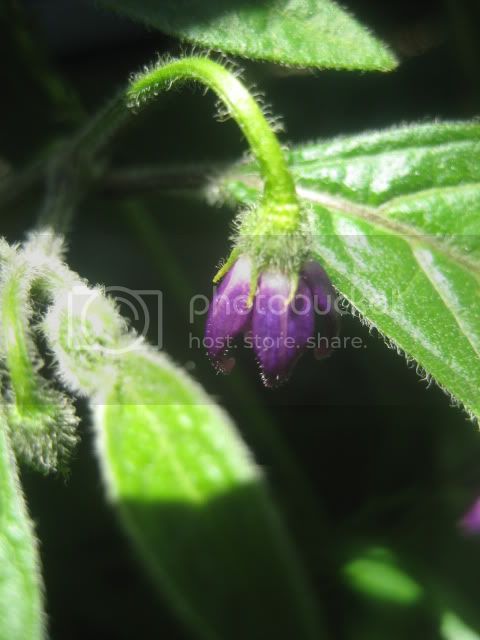
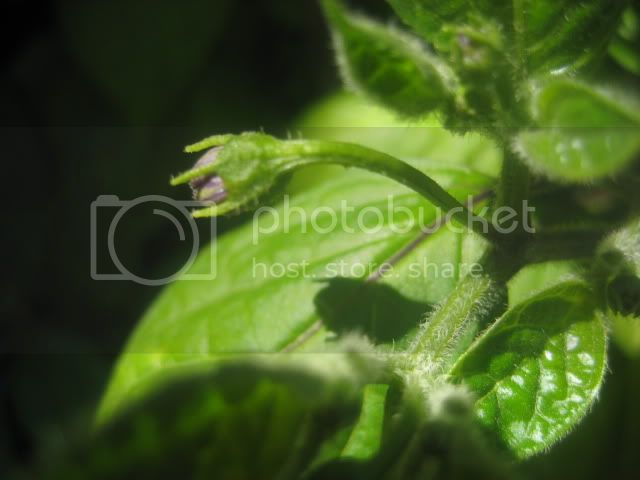
the white flower strain;
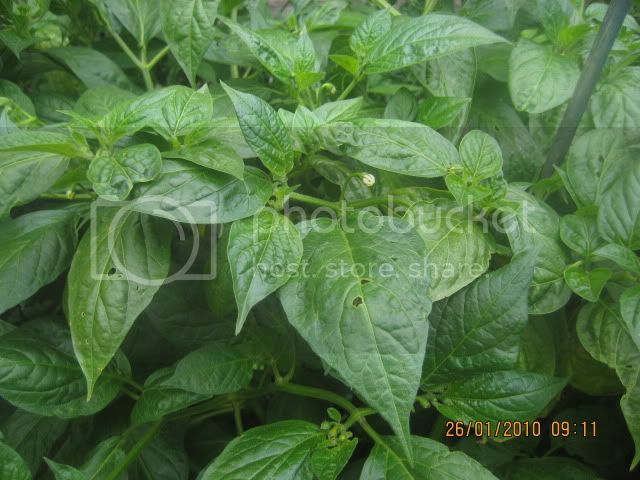
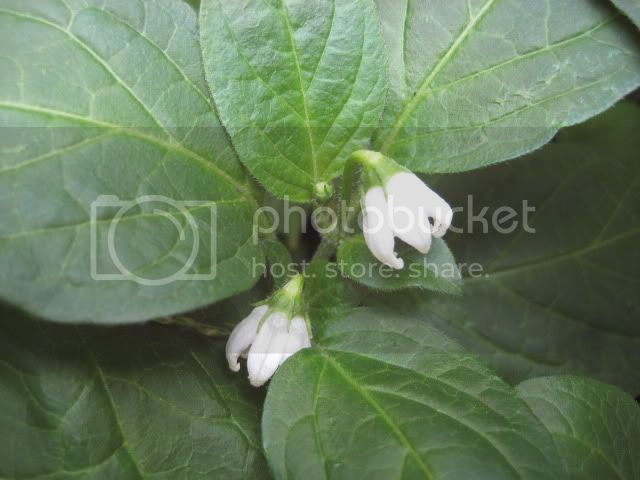
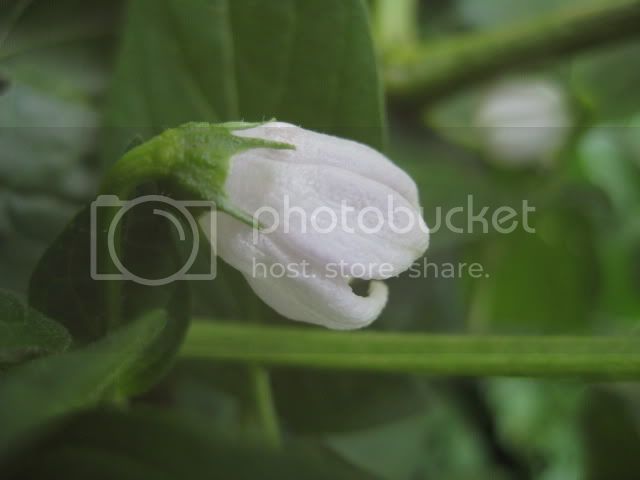
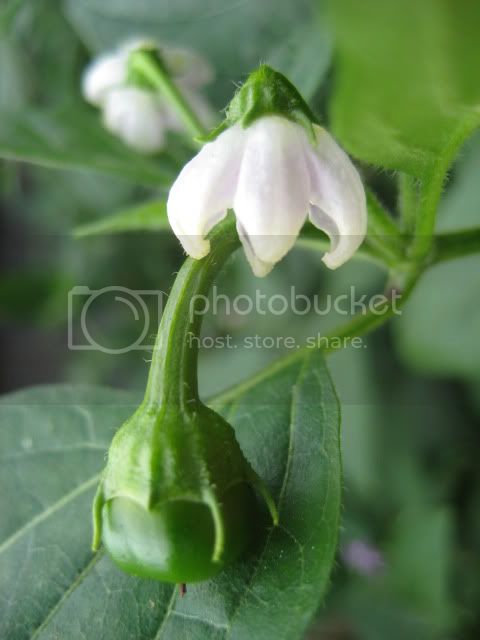
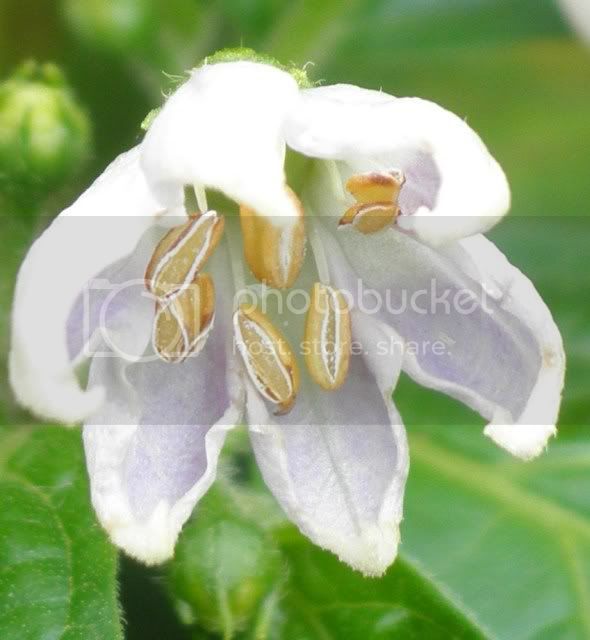
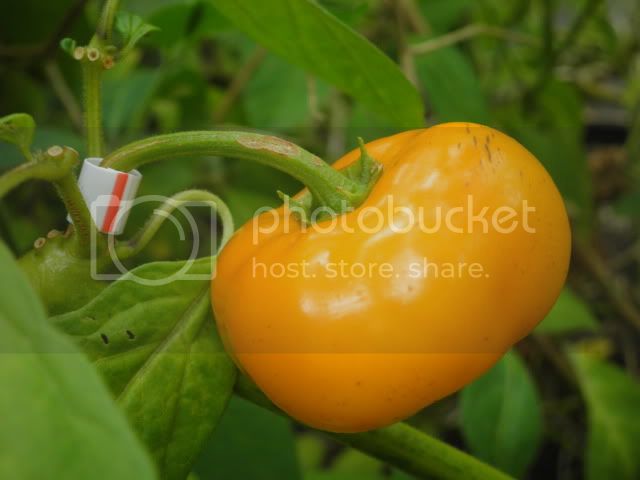
I obtained the seeds from seed bank in the Netherlands as CGN 22797
I sowed 4 seeds and 3 of the plants were normal but as you can see the fourth is very different.
the first year only produced a few pods which were aborted due to the cold winter weather
but the second year I was able to isolate a few pods....
As you can see the seeds from the white flower strain are a tan coloring not the usual black
that the C. Pubescens normally have.....however the original seeds were black, so I would think this to be a Hybrid perhaps????
It will be interesting germinating the next f2 generation of this Capsicum plant...
the purple flower strain;


the white flower strain;







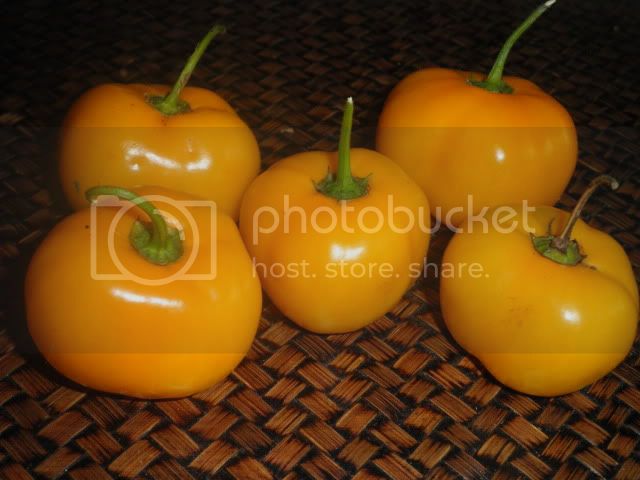
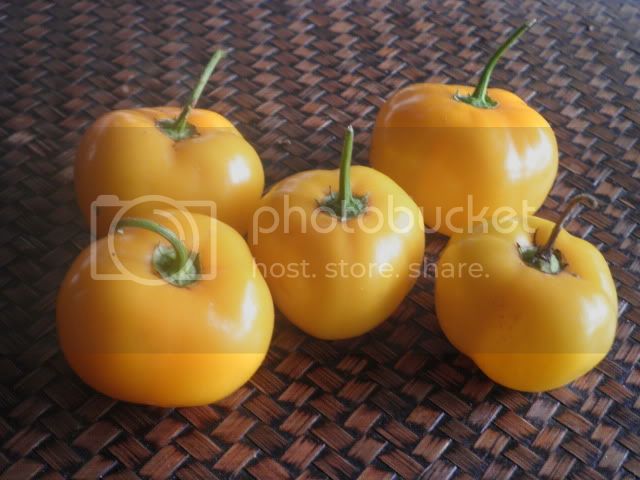
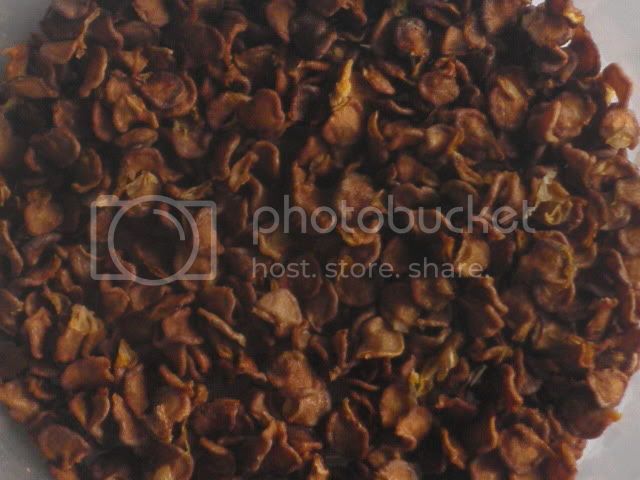
 Cannot wait to grow this out.
Cannot wait to grow this out.